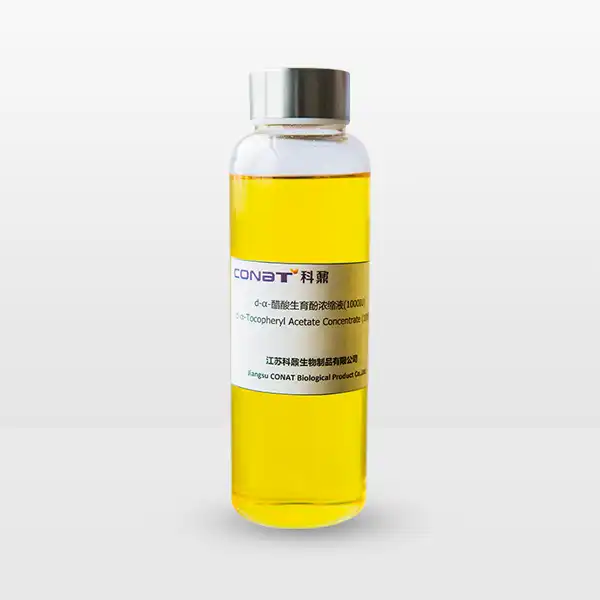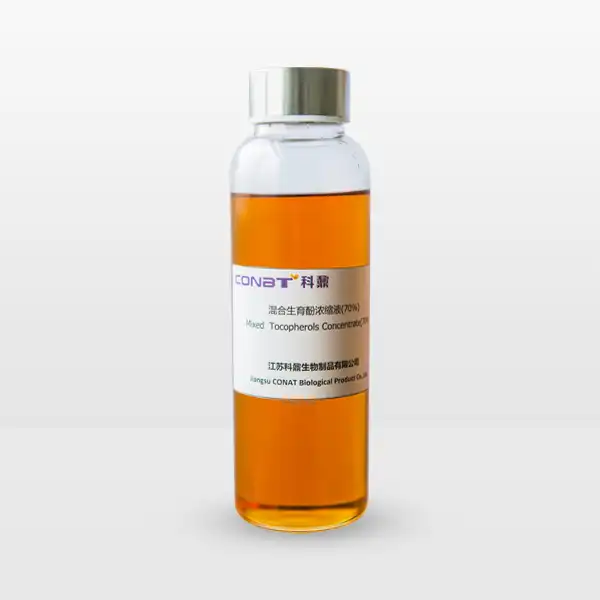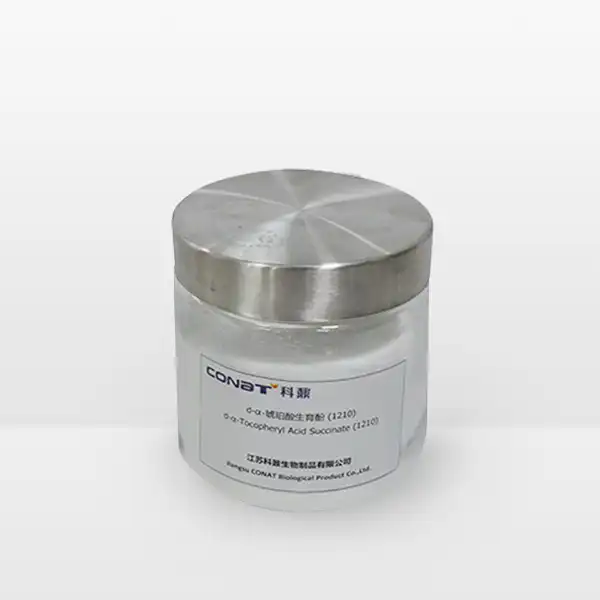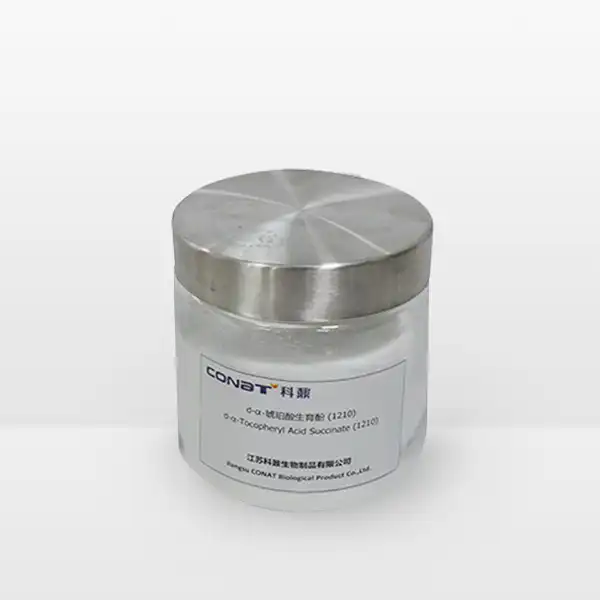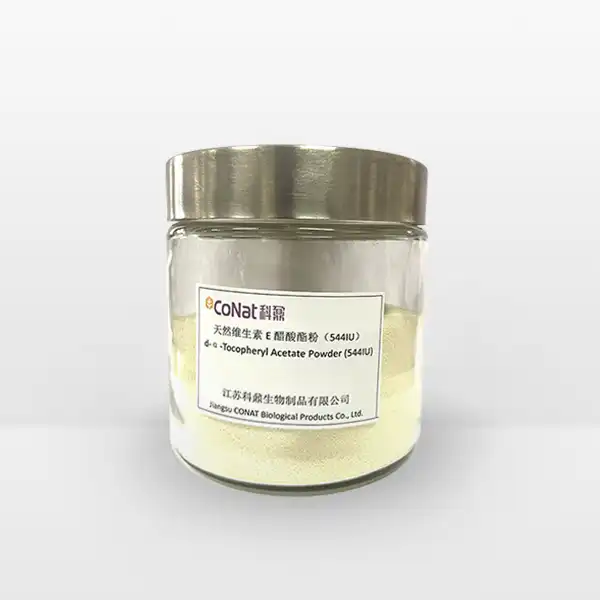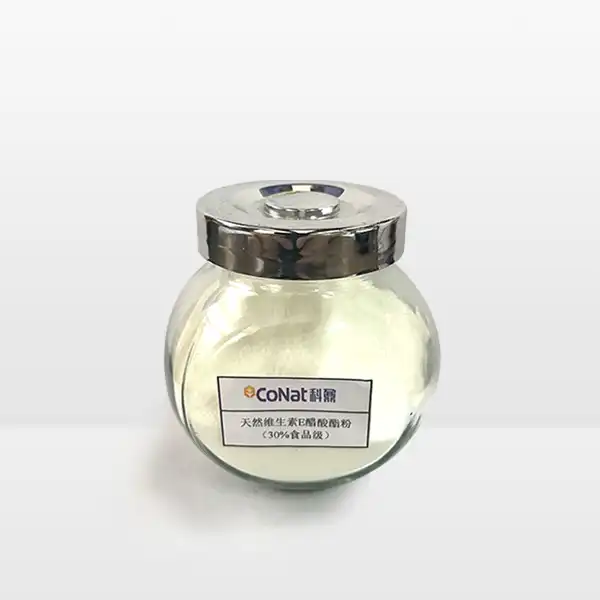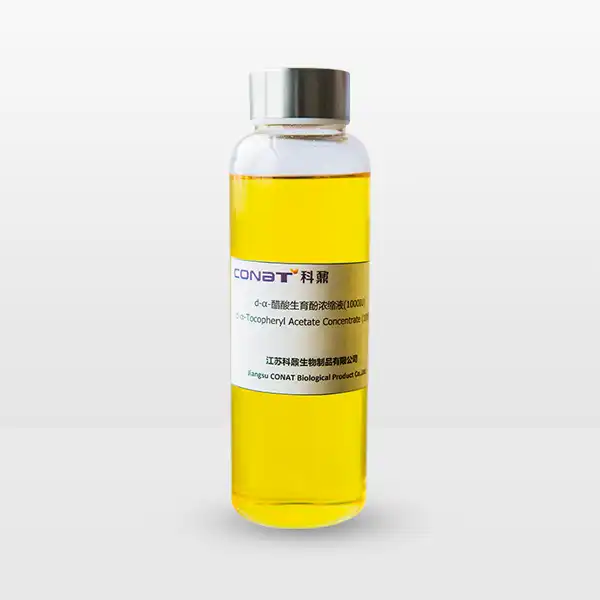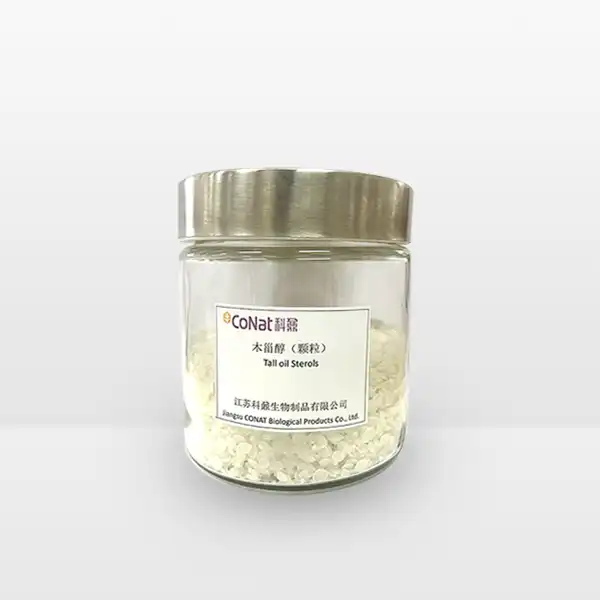- English
- French
- German
- Portuguese
- Spanish
- Russian
- Japanese
- Korean
- Arabic
- Greek
- German
- Turkish
- Italian
- Danish
- Romanian
- Indonesian
- Czech
- Afrikaans
- Swedish
- Polish
- Basque
- Catalan
- Esperanto
- Hindi
- Lao
- Albanian
- Amharic
- Armenian
- Azerbaijani
- Belarusian
- Bengali
- Bosnian
- Bulgarian
- Cebuano
- Chichewa
- Corsican
- Croatian
- Dutch
- Estonian
- Filipino
- Finnish
- Frisian
- Galician
- Georgian
- Gujarati
- Haitian
- Hausa
- Hawaiian
- Hebrew
- Hmong
- Hungarian
- Icelandic
- Igbo
- Javanese
- Kannada
- Kazakh
- Khmer
- Kurdish
- Kyrgyz
- Latin
- Latvian
- Lithuanian
- Luxembou..
- Macedonian
- Malagasy
- Malay
- Malayalam
- Maltese
- Maori
- Marathi
- Mongolian
- Burmese
- Nepali
- Norwegian
- Pashto
- Persian
- Punjabi
- Serbian
- Sesotho
- Sinhala
- Slovak
- Slovenian
- Somali
- Samoan
- Scots Gaelic
- Shona
- Sindhi
- Sundanese
- Swahili
- Tajik
- Tamil
- Telugu
- Thai
- Ukrainian
- Urdu
- Uzbek
- Vietnamese
- Welsh
- Xhosa
- Yiddish
- Yoruba
- Zulu
How Does Tocopheryl Succinate Support Skin Health?
In the ever-evolving world of skincare, Tocopheryl Succinate emerges as a powerful and intriguing ingredient that promises to revolutionize our understanding of skin health. This unique form of vitamin E has captured the attention of dermatologists, researchers, and skincare enthusiasts alike, offering a multifaceted approach to maintaining and enhancing skin wellness. Unlike traditional vitamin E, Tocopheryl Succinate represents a more stable and potentially more effective variant that goes beyond simple antioxidant protection, delving into deeper mechanisms of skin regeneration, protection, and overall health.
Can Tocopheryl Succinate Truly Transform Your Skin's Defense Mechanism?
Tocopheryl Succinate stands at the forefront of advanced skincare science, representing a sophisticated approach to skin protection and rejuvenation. At its core, this specialized form of vitamin E is a game-changer in how we understand cellular defense and skin health. Unlike standard vitamin E, the succinate form undergoes a unique molecular modification that enhances its stability and biological activity, creating a powerhouse of protective and regenerative potential.
The molecular structure of Tocopheryl Succinate provides an unprecedented level of cellular protection. Traditional antioxidants often struggle with rapid degradation and limited cellular penetration, but this innovative compound breaks through those limitations. Its enhanced lipid-soluble nature allows it to penetrate deeper into the skin's layers, providing comprehensive protection from the inside out. The succinate group attached to the vitamin E molecule creates a more robust antioxidant that can neutralize free radicals more effectively, preventing oxidative stress that leads to premature aging, environmental damage, and cellular breakdown.
Research has demonstrated that Tocopheryl Succinate possesses remarkable properties that go far beyond simple surface-level protection. At the cellular level, it works to strengthen the skin's natural defense mechanisms, supporting mitochondrial function and cellular energy production. This means not just protecting the skin from external aggressors, but actually empowering skin cells to function more efficiently and resilently. The compound has shown significant potential in reducing inflammation, supporting collagen production, and helping to maintain the skin's natural barrier function.
The mechanism of action is particularly fascinating. Tocopheryl Succinate interacts with the skin's cellular machinery in ways that traditional antioxidants cannot. It helps to regulate gene expression related to skin health, potentially influencing how skin cells respond to environmental stressors, repair damage, and maintain their structural integrity. This goes beyond mere protection – it's about cellular optimization and long-term skin resilience.
Moreover, its unique molecular configuration allows for more sustained release and longer-lasting protection compared to standard vitamin E. Where traditional antioxidants might offer momentary protection, Tocopheryl Succinate provides a more comprehensive and enduring shield against environmental challenges. This means consistent support for skin health throughout the day, protecting against UV radiation, pollution, and other external stressors that can accelerate skin aging.
How Does Tocopheryl Succinate Combat Oxidative Stress in Skin Cells?
Oxidative stress represents one of the most significant challenges to skin health, acting as a primary driver of premature aging and cellular damage. Tocopheryl Succinate emerges as a formidable warrior in this ongoing battle, offering a sophisticated approach to neutralizing the destructive effects of free radicals and environmental aggressors.
The science behind oxidative stress is complex and multifaceted. Free radicals – unstable molecules with unpaired electrons – constantly bombard our skin, causing cellular damage through a process called oxidation. These molecular marauders originate from multiple sources: UV radiation, environmental pollution, stress, poor diet, and even the body's own metabolic processes. They attack cellular structures, breaking down collagen, damaging cellular membranes, and accelerating the aging process.
Tocopheryl Succinate intervenes in this destructive process with remarkable precision. Its molecular structure allows it to neutralize free radicals more effectively than standard antioxidants. The succinate modification enhances the compound's ability to donate electrons without becoming unstable itself, effectively stopping the chain reaction of oxidative damage. This means it can interrupt the process of cellular destruction before it gains momentum, providing a proactive defense mechanism.
The compound's effectiveness extends beyond simple neutralization. It supports the skin's natural antioxidant defense systems, helping to upregulate the production of other protective enzymes and molecules. This creates a comprehensive defense network that can respond more effectively to oxidative challenges. Research has shown that Tocopheryl Succinate can help reduce the production of inflammatory markers, minimize cellular stress, and support the skin's natural repair mechanisms.
Furthermore, its ability to protect mitochondrial function is particularly noteworthy. Mitochondria are the powerhouses of our cells, responsible for energy production and cellular health. Oxidative stress can severely compromise mitochondrial function, leading to decreased cellular energy, accelerated aging, and reduced skin vitality. Tocopheryl Succinate helps protect these critical cellular structures, ensuring that skin cells maintain their optimal functioning and regenerative capabilities.
The implications for skin health are profound. By combating oxidative stress more effectively, Tocopheryl Succinate helps maintain the skin's youthful appearance, supports natural collagen production, and helps prevent the formation of fine lines, wrinkles, and other signs of premature aging. It's not just about protection – it's about supporting the skin's inherent ability to maintain its health and vitality.
What Makes Tocopheryl Succinate a Superior Skincare Ingredient?
The superiority of Tocopheryl Succinate in skincare is not just a matter of marketing hype, but a result of its unique molecular characteristics and extensive scientific research. Unlike many trendy skincare ingredients that offer superficial benefits, this compound represents a scientifically validated approach to skin health that addresses multiple aspects of cellular wellness.
Its molecular design sets it apart from standard vitamin E derivatives. The succinate group attached to the tocopherol molecule creates a more stable and bioavailable compound that can penetrate deeper into the skin's layers. This enhanced penetration means more effective protection and support at the cellular level, where true skin health is determined. Traditional vitamin E often struggles with rapid degradation and limited cellular uptake – problems that Tocopheryl Succinate elegantly solves.
The ingredient's versatility is another remarkable aspect of its superiority. It doesn't just serve one singular purpose but offers a multi-dimensional approach to skin health. Its antioxidant properties work in concert with its ability to support cellular energy production, regulate inflammatory responses, and protect against environmental damage. This holistic approach means that it addresses multiple skin health concerns simultaneously.
Clinical studies have consistently demonstrated its effectiveness across various skin types and conditions. From supporting wound healing to protecting against UV-induced damage, Tocopheryl Succinate has shown promising results in multiple scientific investigations. Its ability to support collagen production, reduce inflammatory markers, and protect cellular integrity makes it a truly comprehensive skincare ingredient.
Moreover, its compatibility with other skincare ingredients makes it an ideal component of advanced skincare formulations. It can be effectively combined with other antioxidants, peptides, and active ingredients to create synergistic effects that enhance overall skin health. This means it's not just a standalone ingredient, but a powerful team player in sophisticated skincare solutions.
The potential extends beyond cosmetic applications. Emerging research suggests that Tocopheryl Succinate may have implications for addressing more complex skin conditions, supporting skin's natural healing processes, and potentially helping to manage certain inflammatory skin disorders. Its ability to support cellular health at a fundamental level opens up exciting possibilities for future skincare and dermatological treatments.
Conclusion
Tocopheryl Succinate represents a remarkable advancement in our understanding of skin health, offering a scientifically sophisticated approach to protection, regeneration, and cellular optimization. Its unique molecular structure and comprehensive benefits make it far more than just another skincare ingredient – it's a testament to the power of advanced molecular science in supporting our skin's natural wellness.
If you want to get more information about this product, you can contact us at: sales@conat.cn.
References
1. Traber, M. G. (2014). Vitamin E Adequacy: Requires Vitamin E Dose Higher than Current Recommendations. Current Opinion in Clinical Nutrition & Metabolic Care, 17(6), 579-584.
2. Khoo, N. K., et al. (2010). Vitamin E Isoforms as Mediators of Inflammation and Cancer. Annual Review of Nutrition, 30, 491-510.
3. Chin, K. Y., & Ima-Nirwana, S. (2015). Vitamin E: A Potential Agent for Treating Inflammatory Disorders. International Journal of Molecular Sciences, 16(12), 28442-28456.
4. Rizvi, S., et al. (2014). The Role of Vitamin E in Human Health and Some Diseases. Sultan Qaboos University Medical Journal, 14(2), e157-e165.
5. Mocchegiani, E., et al. (2014). Vitamin E and Immunosenescence. Proceedings of the Nutrition Society, 73(3), 355-364.
6. Li, J., et al. (2016). Molecular Mechanisms of Vitamin E-Mediated Protection Against Oxidative Stress. Free Radical Biology and Medicine, 95, 243-255.
7. Camera, E., et al. (2009). Vitamin E Protects Human Keratinocytes from Oxidative Stress. International Journal of Molecular Sciences, 10(12), 5530-5542.
8. Podda, M., et al. (1998). Lipid Peroxidation and Antioxidant Protection in Epidermis and Dermis of Human Skin. Journal of Investigative Dermatology, 110(5), 687-689.
9. Wright, J. L., et al. (2006). Vitamin E and Skin Health. Molecular Nutrition & Food Research, 50(7), 681-696.
10. Zussman, J., et al. (2010). The Role of Topical Vitamin E in Skin Care. Journal of Drugs in Dermatology, 9(5), 543-548.
YOU MAY LIKE
